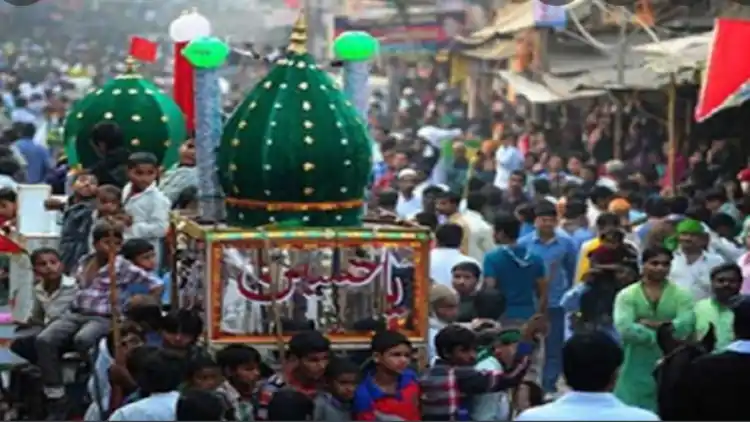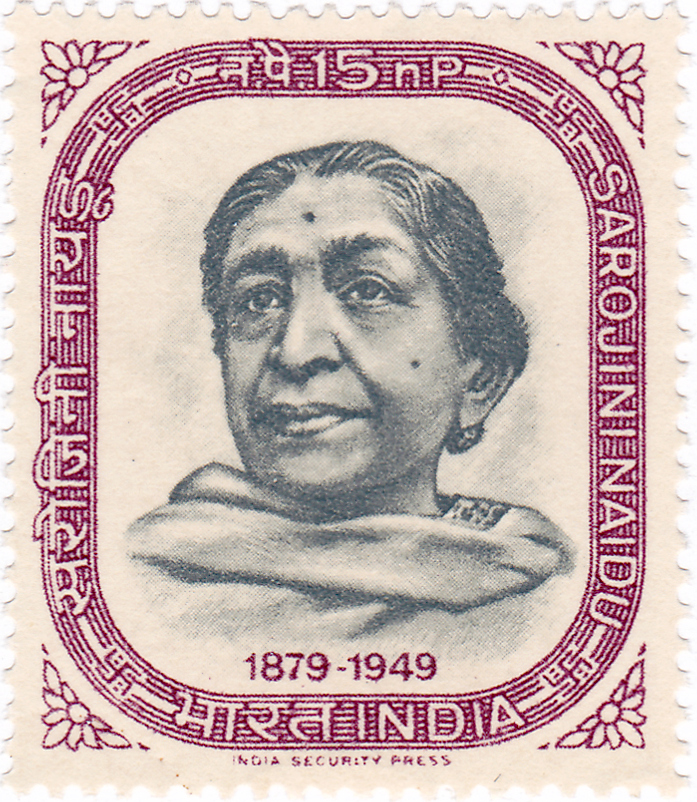
Saquib Salim
India has a history of syncretism that, at times, comes under threat due to the petty divisive politics. However, it’s our duty to keep revisiting this common heritage that is marked by people respecting religious symbols, heads and scriptures of each other. At this time, if I were to ask someone as to who mourn on 10 Muharram, the answer in all probability will be, “Shia Muslims.” The commemoration of Muharram is, in present times, identified with the Shia sect of Muslims. For many, it will be a revelation that a century ago this was not the case in India. Muharram was mourned and commemorated by Sunni Muslims, Hindus, Sikhs and Christians as well.
Rama Rao ‘Saiva’ in 17th century Karnataka, Makkhan Das, Balaji Tasambak, and Swami Prasad ‘Asghar’ were some of the prominent Hindus, in south India, who wrote eulogies on the tragedy of Karbala and martyrdom of Hussain. In north India, Munshi Channu Lal Lakhnavi, was one of the most famous Hindu who wrote poems in praise of Hussain and the tragedy of Karbala. His poem ‘Ghabrayegi Zainab’ is still one of the most recited Nauha (poem lamenting the tragedy) in the subcontinent.
The list of non-Muslims writers who used Muharram as a metaphor is endless. However, here I am going to discuss a poem written by a Bengali Hindu poet, who lived in Hyderabad and is more famous as a politician, than as a poet. The poet in question is Sarojini Naidu, the Nightingale of India.
In 1915, she wrote a poem, The Imam Bara of Lucknow, describing the scene and emotions at a Muharram procession. Sarojini writes:
Out of the sombre shadows,
Over the sunlit grass,
Slow in a sad procession,
The shadowy pageants pass
Mournful, majestic and solemn,
Stricken, pale and dumb,
Crowned in their peerless anguish,
The sacred martyrs come.

Sarojini Naidu (Image Courtesy: Wikipedia)
She described the scene of people wearing black and walking on roads burning with sunlight. According to Naidu, these people presented a scene from the past where they look like those great martyrs, Hussain and his comrades. Mourners were full of agony yet looked majestic amidst all the sufferings they bore. In her view, these martyrs were ‘sacred’ and ‘peerless’. This is a perfect tribute by a non-Muslim to one of the most important martyrs of Islam.
Hark, from the brooding silence
Breaks the wild cry of pain
Wrung from the heart of ages
Ali! Hassan! Hussain!
The martyrdom of Hussain had inflicted a pain on the hearts of humans that they bore silently. The cries of Ali, Hassan and Hussain by the mourners, to Naidu, were an instrument to bring out this pain and relieve the heart of civilizations from silent agony.
Come from this tomb of shadows,
Come from this tragic shrine
That throbs with the deathless sorrow
Of a long-dead martyr line.
Love ! let the living sunlight
Kindle your splendid eyes
Ablaze with the steadfast triumph
Of the spirit that never dies.
For Naidu, this procession coming out of Imam Bara, Lucknow, symbolized a ‘sorrow’ which would never end. The tragedy of Karbala would always be mourned till the end of the time. Nature should keep witness of the victory of Hussain over his enemy. His victory lay in the fact that the principle for which he fought thrived even after him and the tyrant, Yazid, who killed him got erased like any other evil.
So may hope of new ages
Comfort the mystic pain
That cries from the ancient silence
Ali! Hassan! Hussain!
Naidu called the tragedy a ‘mystic pain’. It was no pain of a mortal’s death but of humanity. The pain she talked about is about the suffering truth had to undergo against evil. It was this pain for the right cause, which translated itself into the cries of ‘Ali! Hassan! Hussain!’ Sarojini hoped that one day, the world would be free from this pain. Truth will win over evil and the struggle of Hussain will reach its ultimate goal.
(Saquib Salim is a Historian and a Writer)
